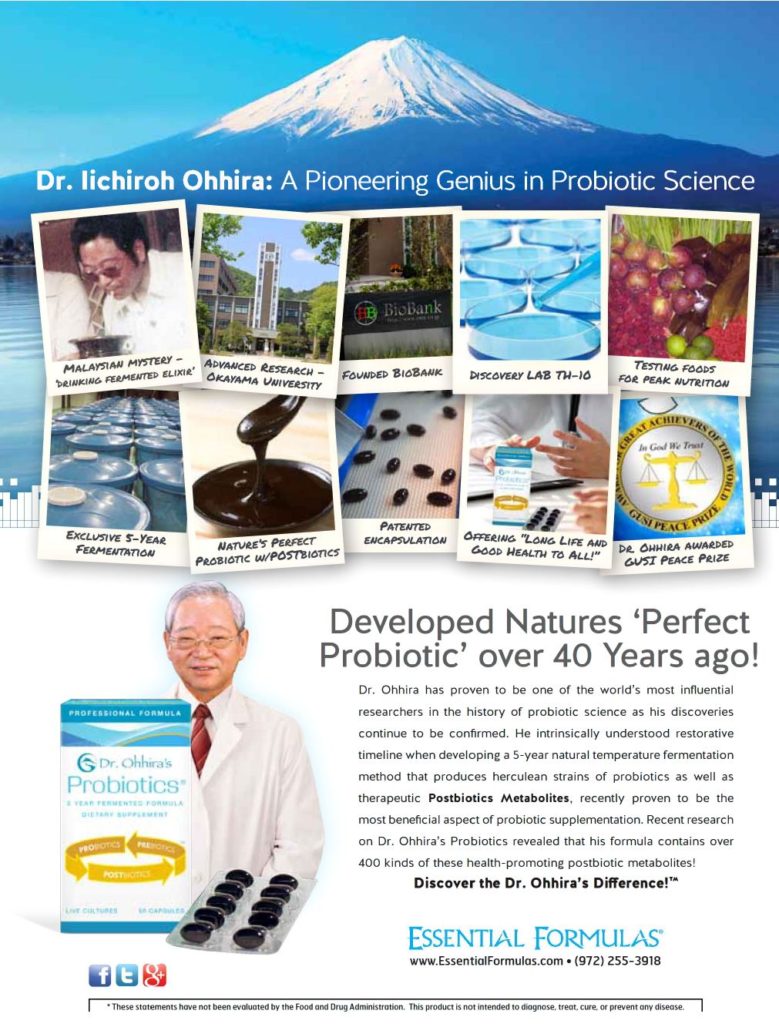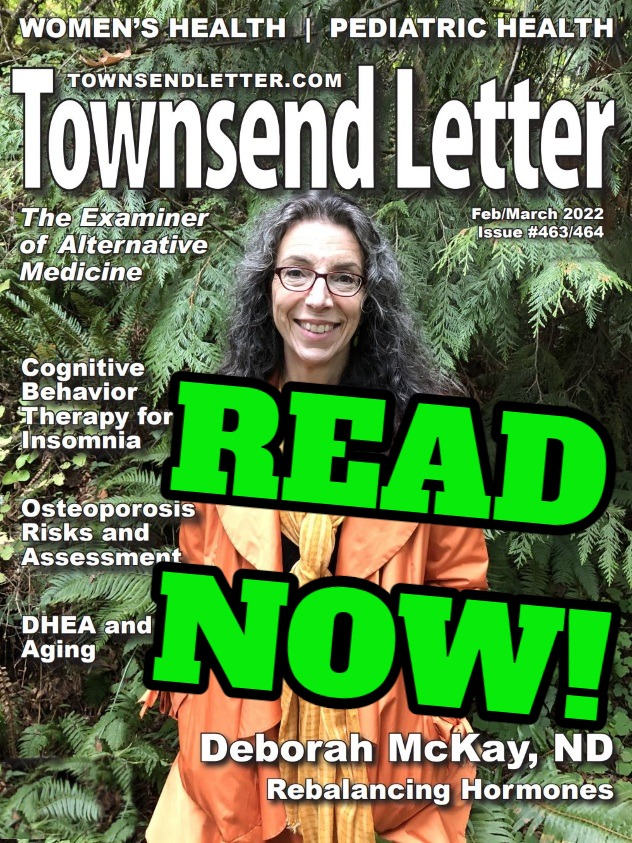by Jule Klotter
Vaccines save lives. For Peter Aaby, MSc, DMSc, and Christine Stabell Benn, MD, PhD, DMSc, these words are a proven fact that go beyond public health dogma. Aaby, an anthropologist by training, developed a large health surveillance system that has tracked child mortality in the west African nation Guinea Bissau since 1978. Benn, a professor of global health at the University of Southern Denmark, conducts epidemiological and immunological studies of vaccines and vitamin A in Africa and Denmark that focus on overall health. These researchers have been instrumental in raising the discussion about the complexity of the immunological response to vaccinations and their non-specific effects.
For decades the assumption has been that a vaccine simply protects against a target infection. Yet, when the live standard measles vaccine program was initiated in low-income countries where death rates from measles were about 10%, all-cause mortality decreased by over 50%–not just 10%.1 Likewise, the live oral polio vaccine increased survival rates beyond what was expected with polio prevention; and the Danish strain (but not the Russian strain) of the live Bacillus Calmette–Guérin (BCG) vaccine to prevent tuberculosis has been associated with a 38% reduction in deaths among newborns.1
Not all vaccines, however, show such beneficial non-specific effects. The non-live diphtheria, tetanus, and pertussis (DTP) vaccines, prevent the targeted illnesses; yet, mean all-cause, overall mortality among DPT-vaccinated children is twice as high [2.07 (95% CI 1.60-2.67)] as that among unvaccinated children. And the higher mortality rate is sex-linked; “girls have 1.47 (1.18-1.84) higher mortality than boys.”1 Other non-live vaccines—including the inactivated polio vaccine, a hepatitis B vaccine, a pentavalent (DTP, hepatitis B, Haemophilus influenzae b) vaccine, and the H1N1 influenza vaccine—have also been associated with higher mortality in girls than in boys.1 The order in which vaccines are given also affects overall mortality. When the non-live DTP vaccine is given after the live measles vaccine, all-cause mortality is higher than if the live vaccine is given last.1
In high-income countries, where sanitation, clean drinking water, better nutrition, and access to medical care is widely available, morbidity, rather than mortality rates, indicate a difference between live and non-live vaccines. European and US studies “suggest that admission to hospital for unrelated infections may be reduced by live measles vaccine and BCG vaccine but increased by non-live DTP vaccine,”2 according to Katie L. Flanagan, Director of Infectious Diseases for north/northwest Tasmania, and Frank Shann, who is researching non-specific vaccine effects at the University of Melbourne (Australia). These researchers and others2 are finding that increasing survival with the help of vaccines is far more complex than simply adding another biologic product to a public health schedule.
Unfortunately, we have reached a point where any product labeled “vaccine”—even the new mRNA injections that, unlike traditional vaccines, instruct cells to make the spike protein antigen—are being promulgated by government agencies without discretion. These agencies are closely tied to pharmaceutical companies that manufacture vaccines. The US Food and Drug Administration (FDA) collects fees from pharmaceutical companies to review their products for government approval; “In 2017, pharmaceutical companies paid 75% ($905 million) of the agency’s scientific review budgets for branded and generic drugs, compared to 27% in 1993.”3 In addition, many physicians on FDA advisory panels that evaluate drugs (and on CDC’s vaccine committee) receive personal payments and/or research funding from drug companies or profit by owning stock. “’Instead of a regulator and a regulated industry, we now have a partnership,’” Dr. Michael Carome, a former US Department of Health and Human Services official and current director of Public Citizen, told ProPublica reporter Caroline Chen.4
Government agencies are in the vaccine business themselves. Few people realize that the National Institutes of Health (NIH), CDC, and their researchers take part in vaccine research and own patents—yet another potential for conflict of interest. CDC lists “Available Technologies for Licensing and Collaboration.” The Moderna mRNA coronavirus vaccine was developed with the help of NIH researchers, which led to a patent dispute.5 Federal employees receive royalties from drug companies for their work.
When a biologic (vaccine) gains FDA approval—or, in the case of the COVID-19 injections, emergency use authorization—the Centers for Disease Control (CDC) adds it to its list of recommended vaccines. When CDC’s Advisory Committee on Immunization Practices (ACIP) recommends a vaccine, federal funds become available to buy and administer the product; and the manufacturer cannot be sued for adverse effects except in the case of fraud, as attorney Aaron Siri explained in a November 2021 interview.6 Schools usually follow CDC recommendations and require students to receive the product—although most states permit medical and religious/philosophical exemptions. (California, New York, and West Virginia do not accept religious exemptions and restrict medical exemptions.) Clearly, CDC recommendation is the pot of gold for vaccine makers. Billions in profit and no liability.
Government agencies are not the only ones to depend on pharmaceutical money. The media receives billions of dollars from advertising pharmaceutical products.3 Drug companies also donate millions to politicians and lobbyists. Even non-profit groups like the American Academy of Pediatrics and the Immunization Action Coalition, both of which push vaccination, receive funding from vaccine manufacturers as well as the vaccine-advocating CDC.7 Given the amount of money being spread around, is it any wonder that questions about a vaccine’s safety are ignored or even suppressed?
Even when data shows reason to be cautious or concerned, the signals are disregarded. A June 17, 2021, NEJM report by CDC-affiliated doctors concluded “Preliminary findings did not show obvious safety signals among pregnant persons who received mRNA Covid-19 vaccines,” and “…827 had a completed pregnancy, of which 115 (13.9%) resulted in a pregnancy loss and 712 (86.1%) resulted in a live birth (mostly among participants with vaccination in the third trimester).”8 Yet, in a letter to the editor, Hong Sun, PhD, points out that 700 of the 827 women in the study did not receive a Covid vaccination until their third trimester (which starts week 28); 104 of the pregnancy losses occurred before week 20. As Sun explains, “The risk of spontaneous abortion should be determined on the basis of the group of participants who received the vaccination before week 20 and were followed through week 20 or had an earlier pregnancy loss.”9 Calculating pregnancy loss rate with a denominator of 127 or less (instead of 827) puts the spontaneous abortion rate at ≥81.9% well above the published incidence of 10-26%. Yet, CDC and public health agencies have used this study to recommend mRNA vaccination for all pregnant women, regardless of trimester.
In a letter to BMJ, Christine S. Benn and Peter Aaby point out a discrepancy between the conclusion of a Pfizer-sponsored, randomized, phase 3 trial of its BNT162b2 COVID-19 vaccine involving 2260 adolescents and the study’s data.10 The conclusion says the vaccine “had a favorable safety profile.” Data in supplementary table 2, however, showed an increase in severe adverse events in both the 12-15 years age group and the 16-25 years group: “The combined results indicate a 3.28 (95% confidence interval 1.21 to 8.94)-fold increased risk in severe adverse events in the vaccinated adolescents/young adults. In absolute numbers, 1 of 100 vaccinated experienced a severe event, vs. 3 of 1000 unvaccinated.”10 These long-time vaccine advocates explain that natural immunity may be a better choice than vaccination for children.
Among the Pfizer Covid vaccine documents released by the FDA, in response to a lawsuit, 25,957 adverse events involving the nervous system were reported through February 21, 2021—two and a half months after the vaccine’s emergency use authorization. Yet, Pfizer wrote to FDA, “’The findings of these signal detection analyses are consistent with the known safety profile of the vaccine.’”11 What, exactly, does that mean?
Clinicians, like ICU physician and surgeon Patricia Lee, have reported serious COVID-19 vaccine-related injuries, including transverse myelitis, cerebral venous sinus thrombosis, and organ failure, to FDA, NIH, and CDC and had their concerns ignored.12, 13 At a press conference14 and a public expert hearing,15 patients enduring ongoing adverse neurological and cardiac disorders after COVID-19 vaccination—some of whom are doctors—relate how difficult it is to get help, largely because agencies have not told practitioners that injury is possible. Healthcare workers who are too public about injuries are smeared as being “anti-vax” and risk losing their jobs.
And there are even bigger questions about using mRNA technology to create more vaccines, questions raised by Robert Malone, MD, who pioneered mRNA technology, by virologist and vaccine expert Geert Vanden Bossche, DMV, PhD, who worries about mass vaccination during a viral pandemic,16 and by Stephanie Seneff and Greg Nigh, whose review article appeared in the December 2021 issue of Townsend Letter. But like vaccine injury, these questions and concerns are ignored or censored. And if the authors gain too much attention, The Atlantic, New York Times, or other corporate media outlet publishes an ad hominin “hit” piece with “anti-vax” in the headline to discredit them and deflect attention from the questions.
The perjorative term “anti-vax” has become a primary weapon to disparage and nullify any person who raises questions about any biologic product labeled “vaccine.” Only a very small percentage of the population is truly against the use of vaccines for any reason. Many become skeptical because they have seen a vaccine’s ineffectiveness or injury in a family member or experienced it themselves. Others become skeptical when they do a deep investigation into the rampant conflicts of interest, corruption, and skewed studies that lead to their use. As attorney Aaron Siri wrote:
According to mainstream media, if you raise questions about the safety of COVID-19 vaccines—anti-vaxxer! If you raise questions about the efficacy of this vaccine—anti-vaxxer! If you question FDA, CDC, or White House guidance on this vaccine—anti-vaxxer! If you want pharma companies to be liable for vaccine injuries—anti-vaxxer! If you want long term placebo-controlled trials prior to licensure—anti-vaxxer! If you raise concerns about breakthrough cases—anti-vaxxer! If you think natural immunity has anything to offer without a vaccine—anti-vaxxer!!!17
Moreover, anyone who believes in health freedom to choose and opposes vaccine mandates—even if they personally get every vaccine available—is an “anti-vaxxer,” according to the Merriam-Webster dictionary.
Benn and Aaby rightly believe that vaccines can be used to save lives. But the highly compromised regulatory agencies, the heavy censorship that prevents debate and transparency, and the smear campaigns against anyone willing to ask questions are enough to make a person cautious. Hiding problems and widespread propaganda campaigns will never increase confidence in a vaccine. Indeed, obfuscation will undermine trust in public health.
References
- Benn CS, et al. Vaccinology: time to change the paradigm? The Lancet. October2020; 20:e274-e283.
- Aaby P, et al. The non-specific and sex-differential effects of vaccines. Nature. August 2020; 20:464-470.
- Children’s Health Defense. The FDA, CDC, Media and Politicians Receive Money from Vaccine Makers. January 26, 2021. https://childrenshealthdefense.org/vaccine-secrets/video-chapters/the-fda-cdc-media-and-politicians-receive-money-from-vaccine-makers/
- Chen C. FDA Repays Industry by Rushing Risky Drugs to Market. ProPublica. June 26, 2018.
- Tin A. Moderna offers NIH co-ownership of COVID vaccine patent amid dispute with government. CBS News. November 15, 2021.
- Meet ICAN Attorney Aaron Siri. The Highwire. November 1, 2021.
- Doshi P. The unofficial vaccine educators: are CDC funded non-profits sufficiently independent? BMJ. 2017;359:j5104.
- Shimabukuro TT, et al. Preliminary Findings of mRNA Covid-19 Vaccine Safety in Pregnant Persons. New England Journal of Medicine. June 17, 2021;384(24):2273-2282.
- Sun H. On Preliminary Findings of mRNA Covid-19 Vaccine Safety in Pregnant Persons. NEJM.org. September 8, 2021.
- Benn CS, Aaby P. Should COVID-19 be a vaccine disease or a childhood disease? BMJ. July 9, 2021.
- Siri A. FDA Produces the First 91+ pages of Documents from Pfizer’s COVID-19 Vaccine File. November 19, 2021.
- Siri A. Whistleblower: FDA and CDC ignore reports of serious COVID-19 vaccine injuries from highly credentialed pro-vaccine ICU physician. October 12, 2021.
- Siri A. One Brave ICU Physician Reporting Covid-19 Vaccine Injuries Leads to a Dozen More. November 1, 2021.
- Fox6 News Milwaukee. Sen. Ron Johnson with families on adverse reactions to COVID vaccine. YouTube. June 28, 2021.
- Full Hearings – Ron Johnson’s Expert Panel on COVID Vaccine Injuries. https://brandnewtube.com. November 2, 2021.
- Vanden Bossche, G. To all authorities, scientists and experts around the world, to whom this concerns: the entire world population. March 6, 2021. Available at www.reddit.com.
- Siri A. A Majority of Americans Are “Anti-Vaxxers”? November 21, 2021.











